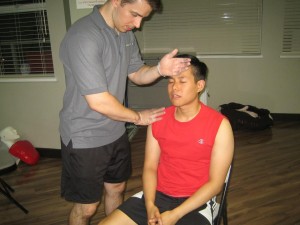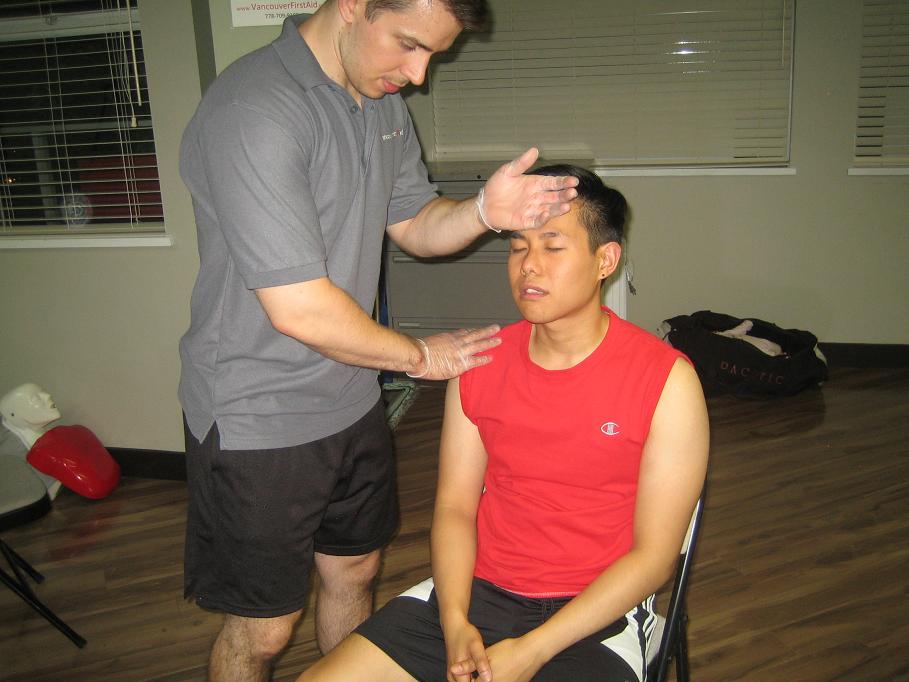https://www.youtube.com/watch?v=FcQfyJv7VvU
Heat emergencies are situations that occur when a person is exposed to the heat and the sun in extreme levels. When someone has exercised too much on a hot weather or trapped in a place with a high level of temperature, the risk to a heat stroke is high. Individuals who are overweight, alcohol drinkers, the elderly and children are most susceptible to experience a heat emergency situation. Heat emergencies include heat cramps, heat exhaustion and heat stroke. They are all serious situations and if left untreated, could possibly lead to a potentially life threatening condition.
What are the various forms of heat emergency?
Heat emergencies can occur in various forms. Heat cramps are painful involuntary muscle spasms that occur in the leg and the abdomen. They usually occur during heavy exercise and hot environments and may become more intense and prolonged during nighttime. A heat cramp is the least severe of all forms of heat emergencies.
Heat exhaustion is another form of heat emergency. It is a condition wherein the body’s cooling system is starting to be overwhelmed. Heat exhaustion, if not treated immediately may lead to heat stroke which is the most fatal type of heat emergency. The signs and symptoms of heat exhaustion include cool, moist, pale and ashen or flushed skin, heavy sweating, weakness and exhaustion, nausea, dizziness and headache.
Heat stroke is the most severe type among heat-related emergencies. It indicates that the body’s system is overwhelmed with severe heat and ceases to function. This is a medical emergency and should be given an immediate medical response as soon as possible as this may endanger the life of the individual. In addition to the symptoms of heat exhaustion, heat stroke may present with the following symptoms:
- Body temperature over 105 F
- Irrational behavior, confusion
- Rapid shallow breathing
- Rapid weak pulse
- Seizures
- Loss of consciousness
What to do during heat emergencies

There are a lot that you can do to help someone who has a heat related emergency. First aid management may help greatly in preventing life-threatening complications. If you notice someone suffering from heat emergencies, call 911 immediately. Remember not to give the person anything to drink if he is unconscious, vomiting or during seizures. Do not offer caffeinated beverages. The following tips may also assist you in managing heat emergencies:
Heat cramps:
- Move the person to a cooler area
- Gently massage the cramping muscle
- Encourage the person to stretch muscle gently
- Offer cool water every 15 minutes
Heat exhaustion:
- Move the person to a cooler area
- Loosen clothing
- Apply cool, wet towels to the face, neck, chest and limbs and fan the person’s skin
- Offer cool water or sports drink every 15 minutes and remind him to drink slowly.
Heat stroke
- Call 911 immediately
- Move the person to a cooler place
- Loosen clothing and remove any sweaty clothing
- Apply cool, wet towels to the face, neck, chest and limbs and fan the person’s skin
- If you have to, apply wrapped ice to underarms, wrists and groin
- Offer cool water or sports drink every 15 minutes and remind him not to drink fast
Reference:
MedlinePlus. Heat Emergencies. Retrieved on June 23, 2014 from http://www.nlm.nih.gov/medlineplus/ency/article/000056.htm.

